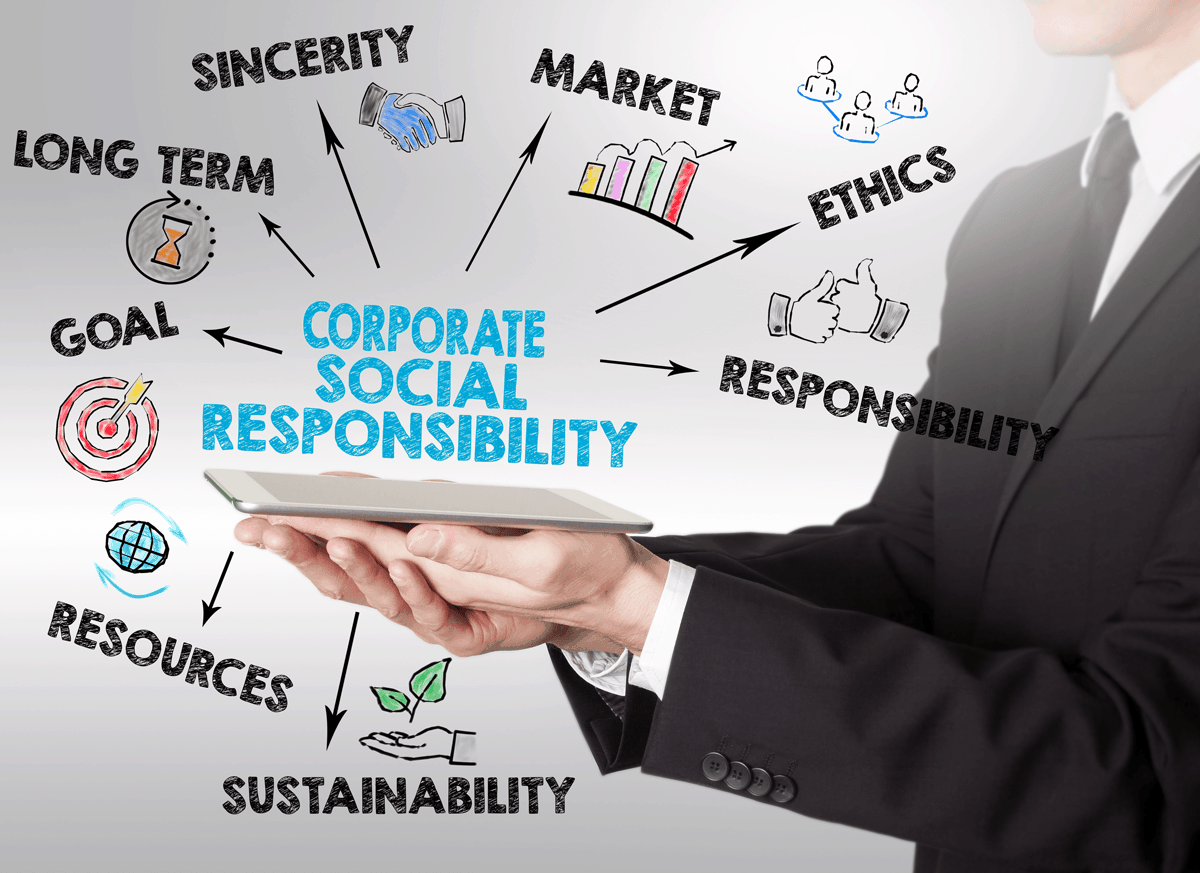Identifying bribery and corruption threats is part of your company’s social duty, and it may be included in your basic risk assessment. Still, the amount of information must mirror the risk’s severity. Bribery and corruption are more likely in construction, especially inside major firms, especially within the supply chain. There is a lot of law that applies to anti-bribery and corruption risk assessments, and this can help you construct your evaluation to cover all the bases. Individuals can face ten years in prison and an unlimited fine under the Bribery Act, while corporations can face an unlimited fine.
Establishing a Risk-Assessment Strategy for Anti-Bribery and Corruption
Companies should clarify that they have zero tolerance for corruption and bribery. An anti-bribery and corruption plan allows companies to show their commitment to fighting crime and corruption both internally and internationally. This not only establishes a baseline for what is and is not acceptable on a project for employees, but it also displays the construction company’s desire to follow the law and assist in the sector’s fight against bribery and corruption.
According to the Anti Bribery Risk Assessment Template, firms may benefit from appointing a senior counter-corruption champion to promote anti-bribery and corruption themes in the workplace. While your whole staff should be aware of the strategy and their roles, having a point of impact which is particularly knowledgeable about the company’s anti-bribery and corruption risk evaluation may help with advice and enforcement of norms.
Bribery is defined as “the offering, promising, agreeing to receive, or providing of pecuniary or other benefits to encourage or reward unlawful functions or actions, and the requestor receipt of such a benefit,” according to the Bribery and Corruption Assessment Template.
How to Evaluate the Bribery Risk
The following are some of the most regularly encountered dangers, according to the Bribery Act of 2010:
- Risk to the country
- Sectoral Hazards
- Risk of a Transaction
- Risk of Missing Out on a Business Opportunity
- Risks in Business Partnerships
This law will provide you with a full explanation of these areas if you base your anti-bribery and corruption risk assessment on it. While some are more relevant to certain sectors than others, most will apply to construction firms.
The Malaysian Anti-Corruption Commission Act 2009 (MACC Act) has been modified to include corporate responsibility for bribery and corruption under Section 17A, which will take effect on June 1, 2020.
The purpose of enforcing the MACC Section 17(A) Act is to meet international obligations under Article 26 of the United Nations Convention Against Corruption (UNCAC), which deals with legal culpability. The MACC Act now primarily focuses on prosecuting those implicated in corruption. Section 17A was introduced to allow organizations participating in corruption operations to face legal prosecution. Individuals linked with the organizations would be presumed to have committed the equivalent offense unless suitable measures can be demonstrated.
Section 17A’s Key Characteristics
Section 17A of the MACC Act makes it illegal for an organization to engage in corruption-related activities that benefit the organization. The crime is committed by a commercial entity if a person linked with it corruptly provides, proposes, or promises any gratification to any person to gain or maintain business or a business benefit for the commercial organization, according to Section 17A(1).
With the implementation of Section 17A next year:
- The organizations/companies for which these individuals work will be held accountable for failing to prevent corrupt conduct.
- Ordinary workers’ corrupt activities will influence their organizations/companies.

